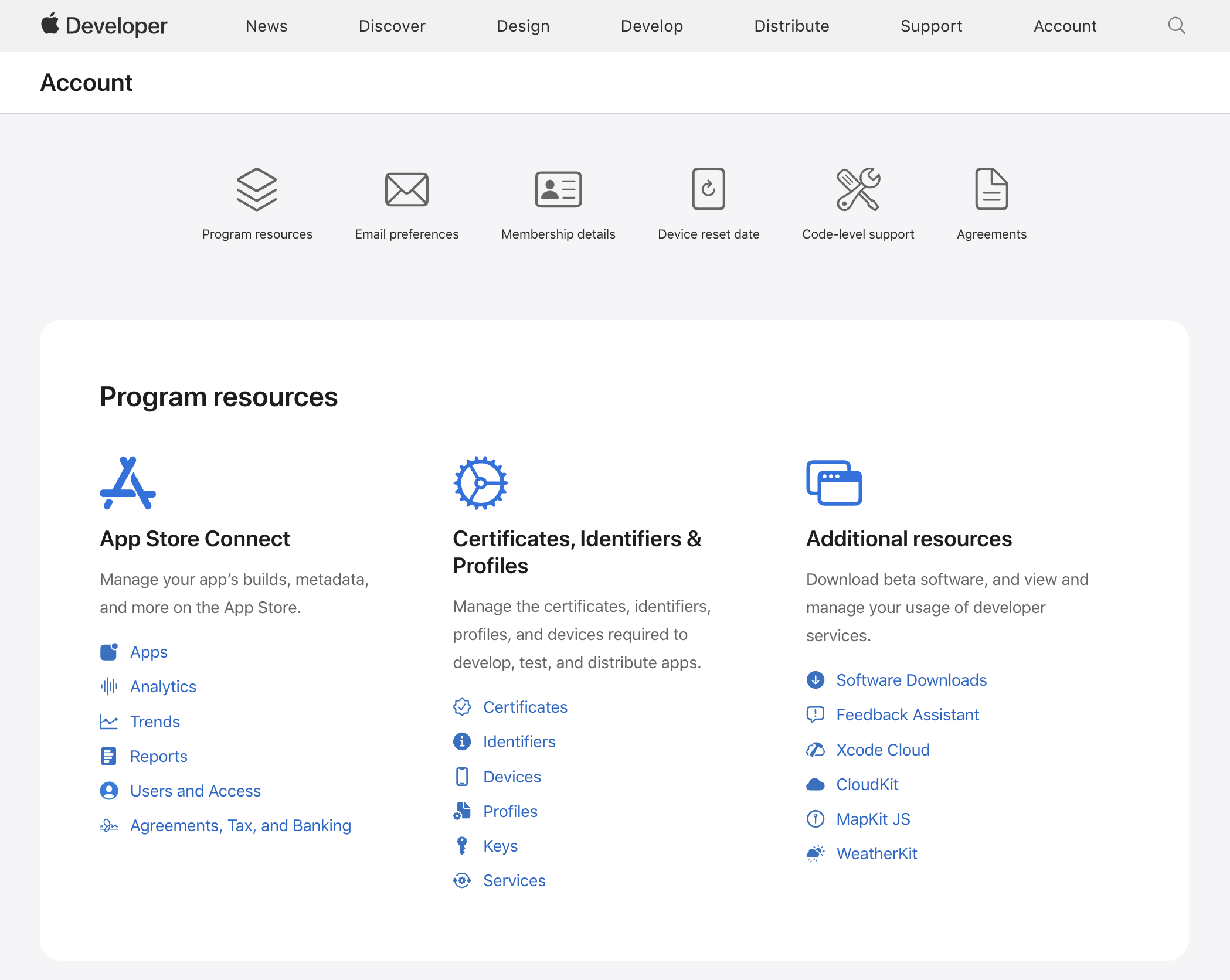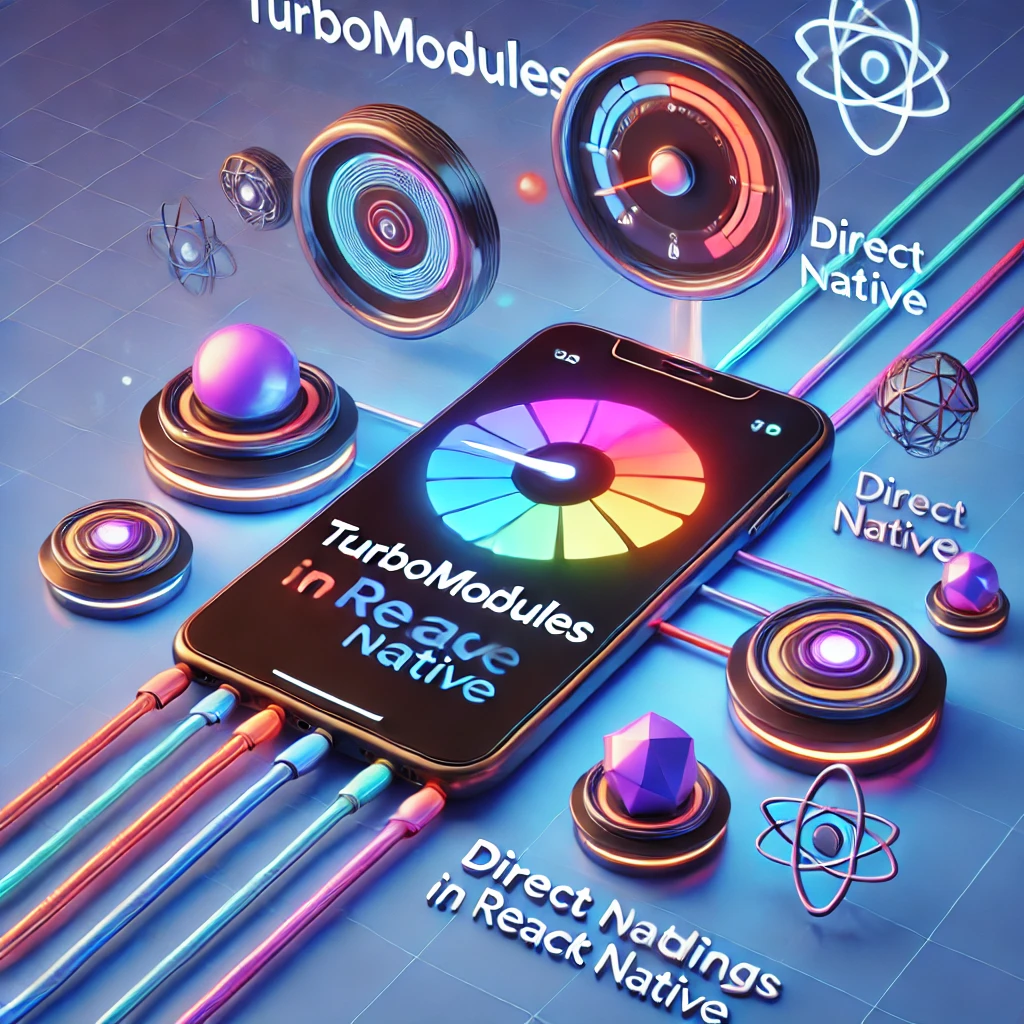Meta Description: Discover why React Native remains a top choice for cross-platform app development in 2025. Dive into its latest features, performance hacks, FAQs, and expert insights.
Introduction
React Native, the open-source framework by Meta (formerly Facebook), has revolutionized mobile app development since 2015. But in 2025, it’s not just about “write once, run anywhere” anymore. With advancements like the New Architecture (Fabric, TurboModules) and improved interoperability with Swift/ Kotlin, React Native is faster, smoother, and more developer-friendly. This blog explores why it’s still a game-changer, how to avoid common pitfalls, and what’s next for the framework.
Why React Native Still Dominates in 2025
- Cross-Platform Efficiency
- Build iOS and Android apps with 90% code reuse.
- Case Study: Shopify reduced development time by 50% using React Native.
- Performance Boost with the New Architecture
- Fabric Renderer: Enhances UI responsiveness.
- TurboModules: Optimizes native module loading.
- JSI (JavaScript Interface): Direct communication between JS and native threads.
- Strong Community & Ecosystem
- 2.1M weekly npm downloads, 50K+ GitHub stars, and libraries like React Navigation, Reanimated 3.
- Seamless Integration with Native Code
- Mix React Native with Swift, Kotlin, or Java for complex features (e.g., ARKit, background processing).
Setting Up React Native in 2025: A Quick Guide
- Environment Setup
- CLI vs Expo: Use Expo for rapid prototyping; CLI for full native control.
- Prerequisites: Node.js, Android Studio/Xcode, JDK 11+.
- Create Your First App
npx react-native@latest init MyApp --version="0.73"
Pro Tip: Use TypeScript for better type safety.
- Run and Debug
- iOS:
npx react-native run-ios --simulator="iPhone 15" - Android:
npx react-native run-android - Debug with Flipper or React DevTools.
Top 5 React Native Challenges (and How to Solve Them)
- Native Module Compatibility
- Problem: Some third-party libraries don’t support the New Architecture.
- Fix: Use
patch-packageor write custom native modules.
- Performance Bottlenecks
- Problem: Heavy JS computations lag the UI.
- Fix: Offload tasks to native threads with
react-native-workletsorreact-native-reanimated.
- UI Consistency Across Platforms
- Problem: iOS and Android render components differently.
- Fix: Use platform-specific files (
Component.ios.jsandComponent.android.js).
- Memory Leaks
- Problem: Unused listeners or subscriptions clog memory.
- Fix: Use
useEffectcleanup or tools like LeakCanary (Android).
- Upgrading Versions
- Problem: Breaking changes in new releases.
- Fix: Follow the React Native Upgrade Helper tool.
React Native vs Flutter vs Kotlin Multiplatform: Which is Best?
| Criteria | React Native | Flutter | Kotlin Multiplatform |
|---|---|---|---|
| Language | JavaScript/TypeScript | Dart | Kotlin |
| Performance | Near-native (with JSI) | High | Native-level |
| Community | Largest | Growing rapidly | Niche (Android-focused) |
| Use Case | Cross-platform MVP/Apps | Custom UI-heavy apps | Sharing business logic |
Future of React Native: What’s Coming in 2025?
- Stable New Architecture: Improved TypeScript support and backward compatibility.
- React Native for macOS/Windows: Expand beyond mobile.
- Enhanced Dev Experience: Faster Metro bundler and Hot Reload 2.0.
- AI Integration: TensorFlow.js for on-device ML.
FAQs: What Developers Ask About React Native
- Is React Native dead in 2025?
No! Meta and community contributors actively maintain it (latest release: 0.78 in Feb 2025). - Does React Native support 120Hz screens?
Yes, useuseNativeDriver: truein animations. - Can I use React Native for AR/VR apps?
Yes, with libraries likereact-native-arkitorViroReact. - How to reduce app size?
Enable ProGuard, use Hermes engine, and optimize images. - Is React Native good for gaming?
For simple 2D games, yes. For AAA games, use Unity/Unreal.
Conclusion
React Native remains a powerhouse for cross-platform apps in 2025, especially with its New Architecture and thriving ecosystem. While challenges like native module compatibility persist, solutions and tools are evolving rapidly. Whether you’re a startup or an enterprise, React Native offers the speed and flexibility to stay ahead.
Ready to build your app? Start with React Native 0.73 today and explore its full potential!
SEO Keywords: React Native 2025, React Native New Architecture, Cross-platform app development, React Native vs Flutter, React Native performance optimization.
Internal Links:
External Links:
By blending practical insights, up-to-date trends, and actionable solutions, this blog aims to be your go-to React Native guide in 2025. 🚀






Leave a Reply